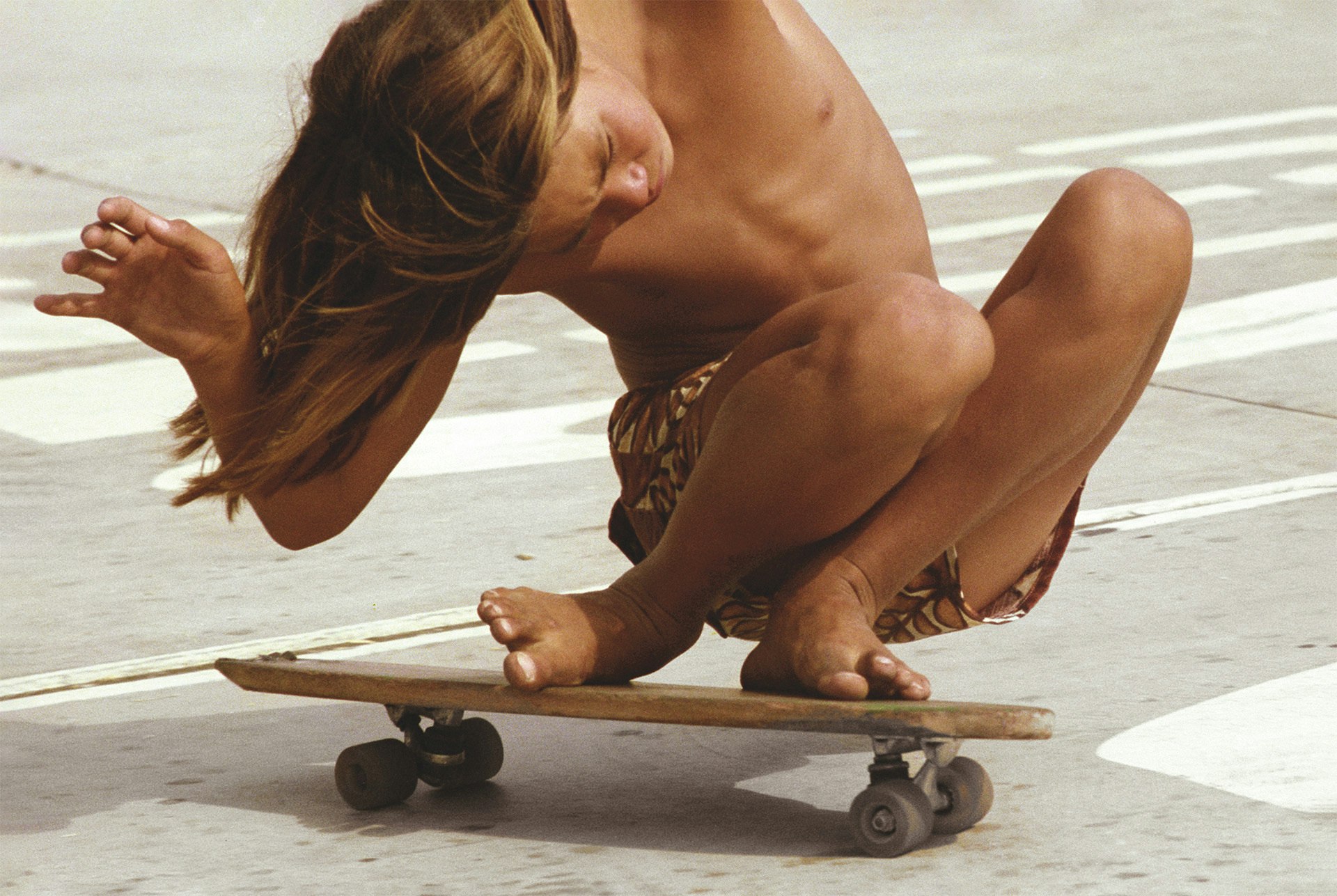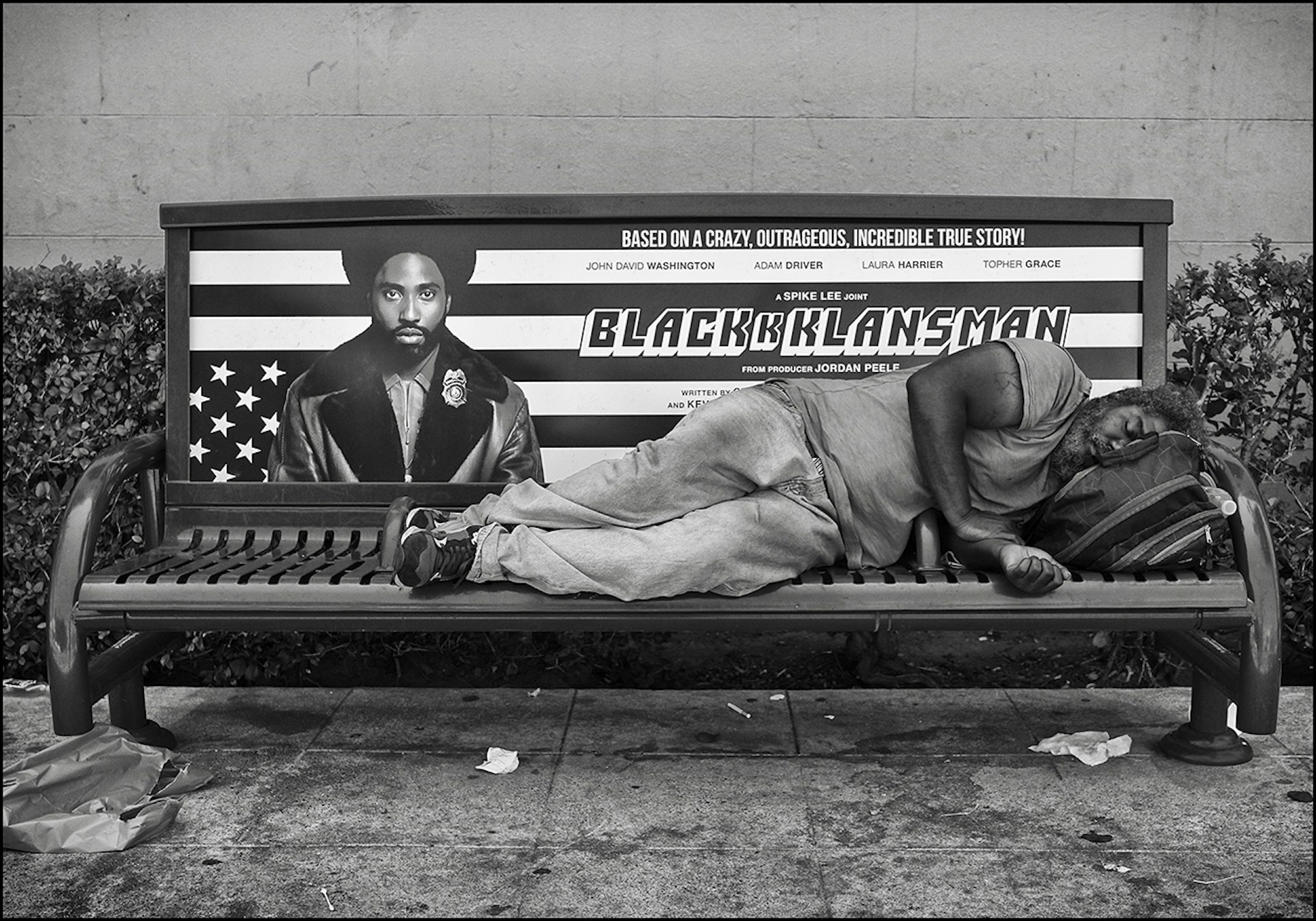A journey inside Stalin's Siberian prison camps
- Text by Miss Rosen
- Photography by Barry Lewis

In winter 1991, British photographer Barry Lewis set forth on a journey to the Gulag. The trip to Josef Stalin’s notorious Siberian prison camps is one which few had returned from. As the Soviet Union barrelled towards its demise that December, the spirit of glasnost (openness and transparency) prevailed as the dark heart of the USSR was finally laid open for all the world to see.
On assignment for Geo magazine, Lewis was taken inside the notorious slave labour camps that housed convicts and political dissidents. Prisoners there were often imprisoned without trial, with some 18 million citizens disappeared at their peak between 1930 and 1953.
Buried in this far flung corner of the Soviet empire lay untold wealth of uranium and gold. Prisoners were forced to work in inhospitable conditions at temperatures of -30° C to say nothing of radiation poisoning. Some two million prisoners perished while in prison, while survivors settled into the town of Magadan having nowhere else to go. While the most dangerous camps had closed by 1991 some remained operational, and Lewis was permitted to document it all.


Now Lewis looks back on this extraordinary project in the new book, Gulag: A journey into the darkness of Stalin's Siberian prison camps (Fistful of Books). Gulag opens with Lewis’ ominous arrival on bleak shores of this distant world, evoking a harrowing feeling that one has reached the point of no return. The book unfolds like Dante’s Inferno, leading us into deeper circles of hell.
“The writer, Peter-Mattheas Gaede and I decided to make the journey from the port to the infamous mines and camps of the Kolyma Hills, following the path thousands of prisoners had taken from 1930s to the 50s,” says Lewis. “I particularly wanted to do this journey in mid-winter to echo the pain of the prisoner’s march north along the Road of Bones.”
As a British citizen, Lewis was afforded protection on his journey, a privilege he readily understood as he faced the foreboding truth of the Gulag. “I was originally a chemist and knew the dangers of our final destination: the ruins of the Butugychag camp, not even listed in the documentation of abandoned camps, where prisoners mined and processed uranium,” he says.

Situated high in the Kolyma mountains, Butugychag camp was abandoned after Stalin’s death in 1954, but it still posed great danger to all who dared to enter. Inside the abandoned settlement, the rock-built cells continued to emit deadly levels of radioactivity.
“Ironically the place I was most nervous of, Camp AV261/4, an active prison work camp outside the settlement of Uptar, proved to be warm and interesting,” he says. “I was given permission to wander freely (with an armed guard!) amongst the inmates who showed curiosity more than hostility.”


Ultimately Gulag is a story of histories untold, erased, and lost — particularly those who survived to tell the tale. “These old people all had stories of a history that the Russian government wanted to forget and, despite perestroika, were hoping would disappear with their deaths,” Lewis says.
“They had a quiet dignity, their pain and loss, metamorphosed into a fragile radiance, the anger transformed into a tired kindness, but always needing to tell their story.”
Enjoyed this article? Follow Huck on X and Instagram.
Support stories like this by becoming a member of Club Huck.
Latest on Huck

Meet Corbin Shaw, Huck 81’s Artist in Residence
The Sheffield born artist talks about the people and places that shaped his practice for the latest issue of Huck.
Written by: Josh Jones

The Blessed Madonna: “Dance music flourishes in times of difficulty”
The DJ talks about her debut album ‘Godspeed’, connection and resistance on the dance floor, the US election and more alongside exclusive pictures from her album release party.
Written by: Ben Smoke

Revisiting the birth of skate culture in 1970s Los Angeles
New photobook ‘Last Days of Summer: California Skateboarding Archive 1975–1978’ looks back at an iconic chapter of youth culture.
Written by: Miss Rosen

An unnerving portrait of the USA’s fractured society
A new photobook explores America’s increasing inequality, division and toxic culture wars in a historic election year.
Written by: Isaac Muk

“Music can save you for a day”: Touché Amoré on social media and subcultures
To celebrate a new album and reflect on a decade and a half of being themselves, frontman Jeremy Bolm chats about opening up via lyrics, subcultures in the internet age, and the hardcore re-revival.
Written by: Isaac Muk

Meet the Paratriathlete who cheated death twice
A near fatal training crash ruined British Paralympian George Peasgood’s Paris 2024 plans. As he recovers, his life and outlook are changing – will LA 2028 be part of his future?
Written by: Sheridan Wilbur

